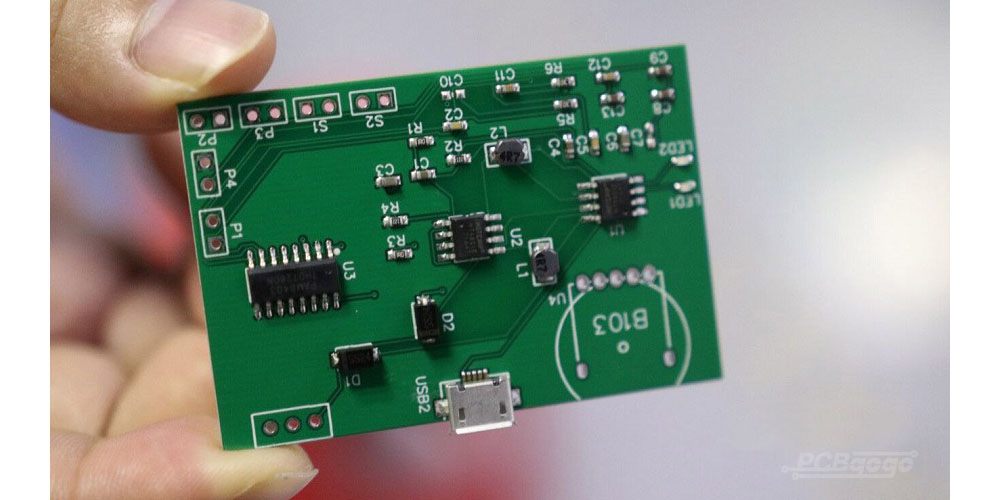A PCB is an insulating and conductive structure. It is found in almost all electronics we own, from smartphones, TVs to computers. It is essential and applicable to most sectors of the economy. Furthermore, some of the best manufactures, like NEXTPCB, allow for the customization of PCBs. Therefore, companies or individuals can obtain the type of PCB they want. Additionally, several factors affect the pricing of PCB. Thus, this article aims to update you on the seven main features that affect PCB board price.
Seven main features that affect PCB board price
1. Size of PCB
Panel utilization and PCB play a significant role when it comes to pricing. But the critical point to consider is that the number of circuits needed determines the board size of the device. For example, the PCB size used on a laptop is not the same as that on a smartwatch. The small-sized PCB requires fewer components, therefore, low cost of production in comparison to electronics that need larger boards.
2. Location of manufacturer
The location of the PCB manufacturer also plays an essential role when it comes to pricing. Some countries have cheaper costs of labor and electricity, thus lower costs of production. Therefore, in countries with production factors, the production costs will be lower than their counterparts, hence lower PCB prices.
3. Material used
The type of material used in making the PCB board will also impact its price. For example, PCBs required for the aerospace and fuel industries cannot be coated using an FR4 substrate while a standard PCB can. Thus, the material characteristic of a PCB plays an essential role in pricing. Furthermore, some materials used are more expensive than others.
4. Number of required layers
The number of layers needed is an obvious choice when it comes to pricing decisions. That is, the more the layers used, the higher the cost of production will be. PCBs with a single layer cost less to manufacture than those with three or more layers. Furthermore, the thicker the board with several layers, the higher the production costs, hence the higher the PCB price.
5. PCB board design
The PCB board design may require for the board to either be single-sided or double-sided. If both sides of a PCB are assembled, then the higher the expected cost will be. It is because double-sided PCB boards require more components than single-sided boards. Thus, a single-sided board required fewer production costs, hence cheaper in the end.
6. Finishing used
The type of finishing used also affects the overall PCB cost. Some finishes increase the board’s durability by boasting the grades, hence higher production costs. The standard surface finishing used is usually the HASL. But ENIG is used to boost a PCB board grade, but it comes at a higher price.
7. The number of parts used
The higher the number of parts used, the higher the cost of production. Therefore, increased production costs mean high overall PCB costs.
Conclusion
While in the market, you may quickly get confused on why the different PCBs present are available at different prices. The above are just a few examples of the factors that affect PCB pricing. Additionally, knowledge of the factors that impact the PCB pricing will assist you in making up a choice of what you want to get.
